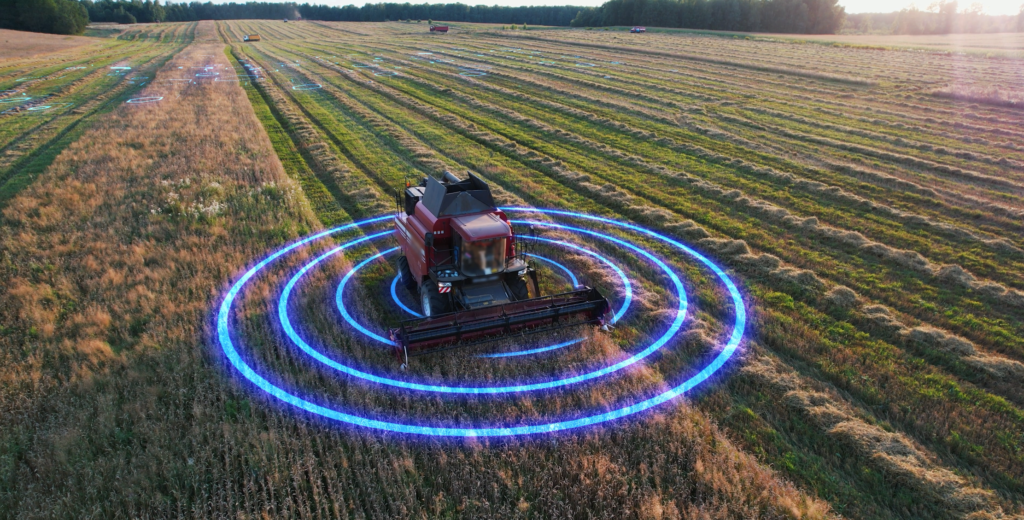Revolutionizing Agriculture: The Rise of Agricultural Robotics in 2024

In the ever-evolving world of agriculture, 2024 marks a significant milestone with the advent of agricultural robotics. This innovative technology is not just transforming traditional farming methods but is also a game-changer for agriculture and food businesses, propelling them towards accelerated revenue growth and optimized operations.
The Robotic Edge in Modern Farming
Agricultural robotics brings a new dimension of efficiency, precision, and innovation to farming. From autonomous tractors to drone technology and robotic harvesters, these intelligent machines are redefining the agricultural landscape.
Enhancing Productivity and Efficiency
Robotic technology in agriculture automates time-consuming and labor-intensive tasks. With robots taking over activities like planting, weeding, and harvesting, farms can achieve higher productivity levels. This increased efficiency translates into more crops being harvested in less time, boosting overall output and revenue.
Precision and Quality
Agricultural robots are equipped with advanced sensors and AI, enabling them to perform tasks with great precision. This precision agriculture approach ensures that each plant gets exactly what it needs, improving crop health and yield quality. High-quality produce, in turn, commands better prices in the market, enhancing profitability.
Addressing Labor Shortages
One of the significant challenges in agriculture has been the shortage of labor. Robots fill this gap effectively, ensuring that farm operations continue smoothly, even in the absence of adequate human labor. This reliability in operations ensures consistent production and supply, maintaining revenue streams.
Economic Implications and Cost Savings
The initial investment in agricultural robotics might seem substantial, but the long-term economic benefits are undeniable. Reduced labor costs, decreased resource wastage, and improved crop yields ensure a quick return on investment. Additionally, the consistent performance of robots leads to predictable and improved financial outcomes for businesses.
Sustainable Farming Practices
Robotic technology also aligns with the growing demand for sustainable farming practices. By optimizing the use of resources like water and fertilizers and reducing the carbon footprint of heavy machinery, robots contribute to environmentally friendly farming. This not only helps in meeting regulatory standards but also appeals to the eco-conscious consumer, potentially opening up new market segments.
Navigating Challenges
Implementing agricultural robotics is not without its challenges. There is a need for substantial upfront capital, integration with existing farm systems, and technical know-how to operate and maintain these robots. Additionally, there’s the aspect of data security and managing the vast amounts of data generated by these robotic systems.
The Future is Robotic
The future of agriculture and food businesses is increasingly intertwined with robotics. As we progress through 2024 and beyond, the role of agricultural robots is set to expand, becoming an integral part of modern farming. This technology is not just a tool for efficiency; it represents a paradigm shift towards a more sustainable, profitable, and technologically advanced agricultural sector.
Conclusion
Agricultural robotics in 2024 is more than a technological advancement; it’s a strategic asset for farmers and agribusinesses. It offers a solution to some of the most pressing challenges in agriculture while opening doors to new opportunities for growth and sustainability. As these technologies continue to evolve, they promise to reshape the agricultural landscape, making it more productive, efficient, and future-ready. Embracing this robotic revolution is key for those looking to stay ahead in the competitive world of agriculture and food business.

